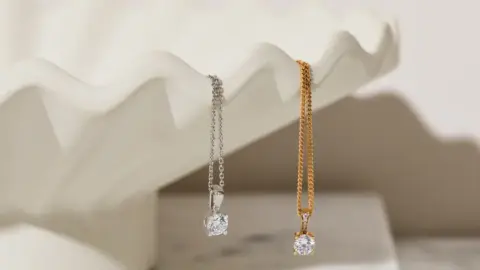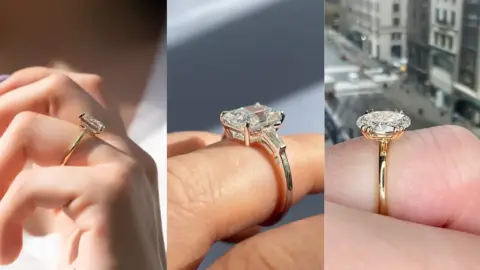Introduction
Jewelry has always been more than just ornamentation—it tells stories, carries traditions, and reflects the artistry of its time. Among the many ancient techniques of jewelry making, the niello technique stands out for its striking contrast and timeless beauty. Recognized for its deep black inlays set against silver or gold, niello has been used for centuries to craft pieces that are both elegant and enduring.
In this blog, we’ll explore what niello is, how the technique works, its history, and its influence on jewelry design today.
What is Niello?
Niello is a black metallic alloy made from a mixture of silver, copper, lead, and sulfur. When applied to engraved designs on precious metals, it creates a bold, black inlay that contrasts beautifully against polished silver or gold surfaces.
Unlike enamel, which adds colorful decoration, niello provides a deep jet-black finish—a look that has remained admired for centuries.
The Niello Technique: Step-by-Step Process
- Engraving the Design
- A jeweler begins by carving intricate designs, patterns, or inscriptions into the surface of silver or gold.
- Applying the Niello Alloy
- A powdered form of the alloy is placed into the engraved recesses.
- Heating the Piece
- The jewelry is gently heated until the niello melts and fuses into the grooves.
- Polishing
- Once cooled, the surface is filed and polished.
- The result: smooth, glossy black patterns standing out against shining metal.
This meticulous process produces highly durable designs that don’t fade easily, making niello jewelry long-lasting and treasured.


Historical Significance of Niello Jewelry
- Ancient Rome & Byzantium: Some of the earliest uses of niello can be traced back to Roman times, where it decorated rings, cups, and weapon hilts.
- Medieval Europe: Niello flourished during the Middle Ages, adorning chalices, crosses, and fine jewelry.
- Russia: The technique was particularly popular in 17th- and 18th-century Russia, where niello-decorated belt buckles and silverware were highly valued.
Its appeal lay in the dramatic contrast of black and silver, which gave even small engravings an extraordinary level of detail.
Niello vs. Enamel: What’s the Difference?
| Feature | Niello | Enamel |
| Material | Black metallic alloy (silver, copper, lead, sulfur) | Powdered glass fused to metal |
| Color | Deep black | Multiple colors (red, blue, green, etc.) |
| Finish | Smooth, glossy black inlays | Glossy, colorful surfaces |
| Durability | Highly durable | Can chip over time |
| Use in Jewelry | Engraved inlays on silver/gold | Decorative color layers |
While both techniques create stunning effects, niello’s monochrome elegance makes it particularly unique in the world of jewelry.
The Beauty of Niello in Modern Jewelry
Though less common today, the niello technique continues to inspire jewelry designers who appreciate ancient craftsmanship. Modern artisans often blend niello with contemporary styles, creating vintage-inspired rings, pendants, cufflinks, and bracelets.
Collectors also value antique niello jewelry for its historic significance and rarity. Owning such a piece is like holding a fragment of history.


Why Niello Still Matters
At KRK Jewels, we celebrate the artistry behind timeless jewelry-making traditions. While niello may not be as widespread as other techniques, it serves as a reminder of jewelry’s role as both art and heritage. For those who love vintage aesthetics and unique craftsmanship, niello-inspired designs remain a fascinating choice.
Conclusion
The niello technique is more than just decoration—it’s an art form that bridges ancient traditions and modern elegance. Its bold black-and-silver aesthetic, combined with centuries of history and meticulous craftsmanship, makes it one of the most unique jewelry-making methods ever developed.
Whether in antique collections or modern adaptations, niello continues to enchant jewelry lovers worldwide with its timeless charm.
Know More About:
Can Sterling Silver Rings be sized Down?
Why is Some Gold more Yellow than Others?
How To Tell if Real White Gold?












